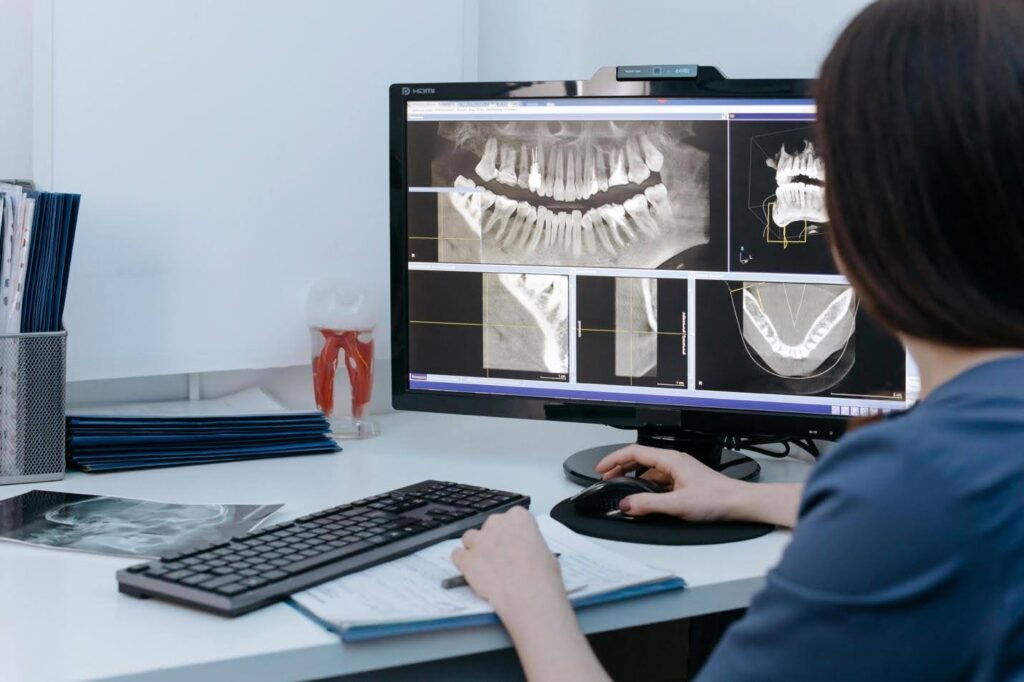Health care systems rely heavily on operational precision, reliable data, and streamlined communication. As clinical environments grow more complex, the role of technology continues to expand. From electronic records to advanced analytics, digital tools help providers respond to changing needs while maintaining high standards of care. According to Don Jennings, CEO of Network Computing Technologies, “The value of IT in healthcare lies not just in automation but in its ability to bridge clinical goals with administrative efficiency.” This article examines how practical, well-deployed technologies support everyday performance across patient care, staffing, compliance, and system scalability.
Adapting Technology to Meet Operational and Clinical Demands
Health organizations operate under strict pressures—clinical precision, regulatory compliance, and cost control. Technology addresses each of these areas. From patient intake to diagnostic imaging, IT in healthcare reduces manual work, strengthens data accuracy, and creates time for staff to focus on care delivery.
Many facilities use electronic health records (EHRs), patient portals, and scheduling systems as part of daily operations. These tools remove paperwork, centralize data, and increase speed. They also help different departments stay aligned. For example, clinical decision support systems can analyze patient data and notify staff of missing information or potential risks. That type of automation helps mitigate error and supports sound medical judgment.
Electronic Records and Better Data Management
Digitized health records now serve as the foundation of clinical data. EHRs store patient histories, prescriptions, diagnostics, and test results in one place. This centralized structure makes communication between departments faster and more accurate.
EHRs can integrate with lab systems, billing tools, or analytics platforms. These connections make it easier to identify bottlenecks, flag duplication, and streamline care coordination. An updated, well-structured EHR helps avoid delays, enhances patient tracking, and cuts administrative load.
Security plays a major role in data management. Health systems handle large volumes of sensitive information. Strong IT protocols—such as multi-factor authentication, encryption, and backup procedures—create safer environments for clinical and operational data.
Supporting Frontline Workers With Smarter Tools
Health workers face constant time pressure. Simple technology upgrades can improve efficiency without disrupting clinical care. For instance, automated charting, barcode medication administration, and task alerts help reduce error rates and shorten service timelines.
Even basic tools like real-time location systems (RTLS) can track equipment, staff, or patients within the facility. These solutions improve asset utilization and help reduce staff fatigue by limiting wasted time. When clinicians spend less time on manual searches or redundant data entry, they gain more time for patient interaction.
Technology also supports mobile workflows. Tablets, voice dictation tools, and mobile-accessible dashboards allow providers to move between departments or patient rooms without interrupting documentation or decision-making.
Efficiency Gains Through Smart Scheduling and Billing

Administrative areas also benefit from health IT. Practice management software helps handle appointment scheduling, payment processing, and insurance claims. These platforms reduce clerical errors and improve billing accuracy, which can affect overall financial performance.
Some systems automatically verify insurance eligibility, estimate patient costs, or submit claims to payers. These functions reduce delays and improve cash flow. For larger health systems, centralizing billing or scheduling across locations can create major cost savings and reduce staff overhead.
Patient portals also play a role in this workflow. When patients book appointments, view lab results, or submit questions online, front-desk staff face fewer interruptions. This shift increases efficiency without reducing the quality of communication.
Enabling Care Beyond Facility Walls
Telehealth tools support patients outside the physical clinic. These systems deliver remote consultations, behavioral health sessions, and chronic disease management with fewer barriers. Video conferencing, secure messaging, and remote monitoring devices have grown significantly in recent years.
IT teams support this model by building secure networks and integrating telehealth tools with existing records. A successful deployment links video appointments with charting, scheduling, and patient messaging—all while complying with health privacy laws.
Remote patient monitoring also expands outreach. Devices can transmit blood pressure, glucose, or oxygen levels directly to care teams. This data helps providers respond faster and adjust treatment without waiting for in-person appointments.
Data Analysis for Decision Support
Another strength of IT in healthcare lies in data visibility. Large-scale data collection helps hospital leaders make informed decisions. Whether it’s measuring performance, managing population health, or identifying cost trends, analytics tools turn data into useful information.
For example, a hospital might track appointment wait times or readmission rates and then adjust staffing or clinical protocols. These insights support long-term planning and immediate improvements. Dashboards and custom reporting tools give managers direct access to metrics that matter.
To support accurate analysis, IT teams often automate data collection and apply quality checks. Cleaning, deduplicating, and organizing data are essential before analysis. Without strong input, reporting tools lose reliability and may lead to incorrect conclusions.
Improving Compliance and Regulatory Readiness
Government regulations influence nearly every part of health IT—from cybersecurity protocols to billing formats. Meeting these requirements calls for ongoing monitoring, regular audits, and well-maintained systems.
Some IT platforms include compliance features by design, such as access logs or automated reporting. Others require configuration or policy development to meet standards. Health IT professionals must stay updated on changes to programs like HIPAA, MACRA, or CMS guidelines to avoid penalties or data breaches.
Training is a vital part of compliance, too. Staff must know how to handle sensitive data, recognize phishing attempts, and use software correctly. IT leaders often play a key role in educating employees and reducing overall risk exposure.
Scalability and Long-Term Strategy
Technology planning isn’t only about present needs. It’s also about readiness for future demands. Whether an organization is preparing to add new sites, expand services, or adopt new tools, IT systems should scale with minimal disruption.
Cloud-based infrastructure can offer more flexibility in this regard. Unlike traditional on-site servers, cloud platforms allow easier access to storage, applications, and processing power. This flexibility can support telehealth, large datasets, and multi-location environments.
A long-term approach to IT involves both adaptability and control. Systems must allow new applications, upgrades, or workflows without putting security or performance at risk. Consistent monitoring, clear documentation, and modular architecture help build resilience across operations.
Final Considerations
A strong technology foundation supports every aspect of health facility management. Whether helping physicians diagnose conditions faster or giving administrators real-time insights into resource use, IT in healthcare adds measurable value.
Poorly managed systems can slow operations, frustrate staff, and put sensitive data at risk. On the other hand, strategic IT use improves patient outcomes, reduces operational waste, and positions facilities to respond quickly to industry changes.
Health organizations that make informed decisions about their technology investments gain more than cost savings—they create safer, smarter care environments built for growth. IT will continue to shape how healthcare systems operate, adapt, and succeed.

